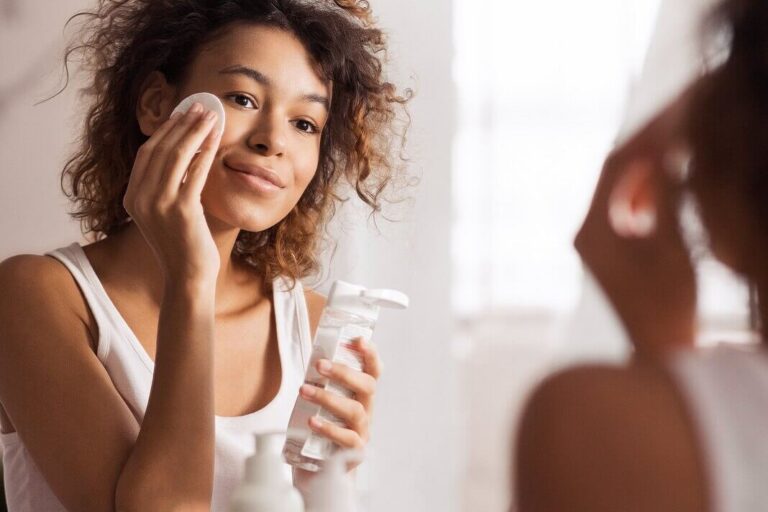Top 8 Things You Need to Know About Laser Skin Resurfacing

Laser skin resurfacing is the tried and tested method of removing the age spots, reducing wrinkles, acne marks, and some other kinds of skin imperfections, including skin tightening and skin tone equilibrium. Laser skin resurfacing can do many things to make your skin flawless and glowing within a few treatments.
However, it is tough to recognize when to start a laser treatment. Along with this, many things are considered to opt from a multitude of laser treatments for skin resurfacing. So, here in this article, we’d like to inform you about several things that you need to know before you go far down the Google search engine.
We suggest to take a step ahead and read the complete article to understand the laser resurfacing treatment.
Table of Contents
Laser Skin Resurfacing – 8 things to know!
1. What Would Be the Perfect Time to Have Laser Skin Resurfacing?
According to the skin rejuvenation experts, any season can be perfect for the laser skin rejuvenation Miami treatment. But some consider that autumn season would be best while some say that winters would be best for laser treatment. On a note, winters would be great for the treatment because people will have less exposure to the sun and shorter days to quickly heal from the laser treatment.
Nevertheless, before going outdoors, make sure to apply the SPF 30+ to keep your skin protected from the heat. This will help heal faster and protect you from the harmful UV rays and prevent aging further.
2. Skin Laser Treatment Might be Painful
Some people think that laser treatment is quite painful and irritates the skin that may heal up. However, the Miami vein center laser treatment is a painless treatment. It only gives a snapping rubber band over the skin.
However, the pain sensation may depend upon the depth of the skin and areas which will undergo the treatment. Moreover, it also depends upon the individual power of tolerating pain. But it doesn’t cause as much pain as we think.
Before treatment, the patient will be given the local anesthetic injection that adds comfort in treatment and doesn’t cause a paining sensation.
3. Laser Skin Resurfacing for the Darker Skin
During laser skin resurfacing treatment, the darker skin is at greater risk of cell damage. This is perhaps the most common misconception that anyone can build in their mind. But the fact is that specific laser treatment can keep cells at greater risk of discoloration in darker skin.
There are safe and effective skin resurfacing treatments available that may protect your skin from cell damage and discoloration. For the lighter skin tone, radio frequency laser resurfacing treatment can be a good option.
It poses less dark skin and skin discoloration. However, patients with darker skin can opt for micro-needling and radio-frequency treatment. This is the best way to keep skin safe and protected.
4. It Matters Who You Choose for Skin Laser Resurfacing Treatment.
It matters a lot to have the laser resurfacing treatment from an experienced, qualified, and trained doctor for the best skin treatment. When you have a trained and knowledgeable professional of skin resurfacing, you’ll have surety of successful and safe treatment.
So, make sure to have a professional and highly experienced treatment provider and don’t rely on an untrained skin laser treatment provider as it may cause further damage to the skin.
[ Read: How to Avoid Skin Allergies? ]
5. Medication Affects the Reaction to the Skin Laser Resurfacing Treatment
Laser treatment may cause skin breakouts if you’re prone to fever and any other cold sores blisters. Your medical condition can affect the treatment reaction on your skin.
- The use of isotretinoin can lead to poor healing and scarring.
- Make sure to quit smoking for at least two weeks before the treatment for receiving the best results.
- Diabetes can impact the result of skin laser treatment and safety too.
6. Different Types of Laser Treatments for Different Skin
For different skin types, the laser skin treatment would be different too.
- Erbium Laser Treatment- ablative and non-ablative lasers that promote the collagen. Treats the age spots, skin laxity, fine lines, and wrinkles
- CO2 Treatment -these are ablative lasers that treat scars, warts, and wrinkles.
- Pulsed-Dye-Non-Ablative lasers absorb the pigments and redness, hyperpigmentation, rosacea, and capillaries.
- Fractional treatment- the laser treatment is used for treating numerous age-related skin imperfections with reduced downtime.
- IPL- these are not a laser treatment, but commonly used to treat the sun-damage acne, rosacea, and hyperpigmentation.
7. Make Your Mind for Multiple Treatments
Sometimes a single treatment cannot be effective in treating the skin. You may need to visit the clinic over and over again for proper treatment. However, multiple treatments can ensure you achieve better results.
8. Downtime May Vary
The Non-ablative laser may require less downtime to recover from the skin laser treatment. It usually covers up within two to three weeks. However, you don’t need to stay home during the healing process. But make sure that you cover your skin before going outside because your skin is sensitive this time. Also, make sure to follow skincare after laser treatment to avoid infection and other skin issues.



